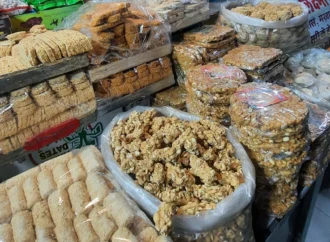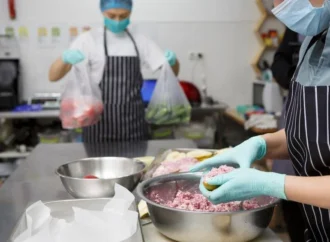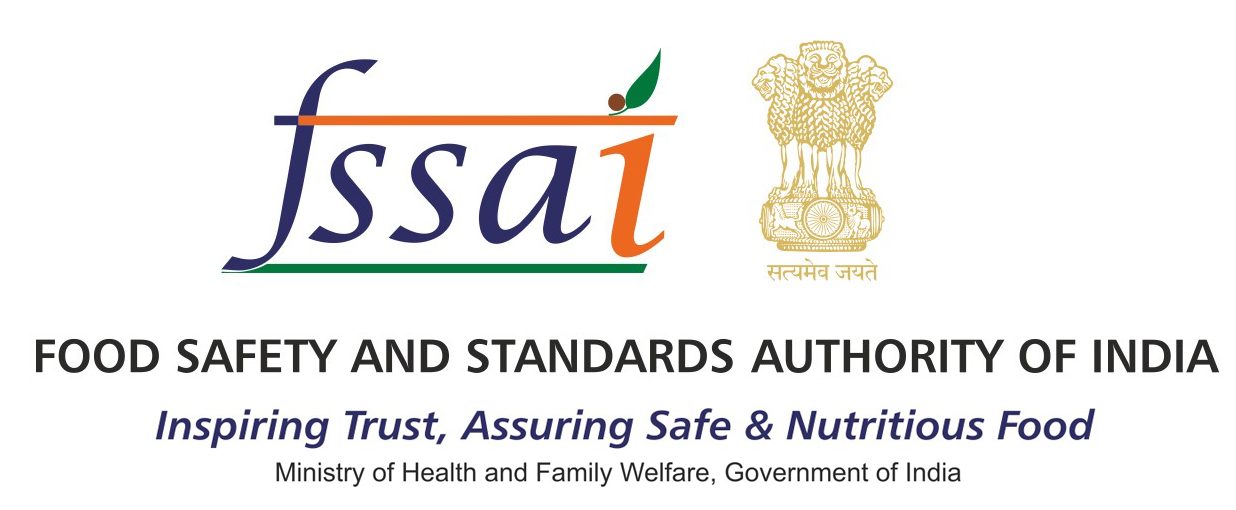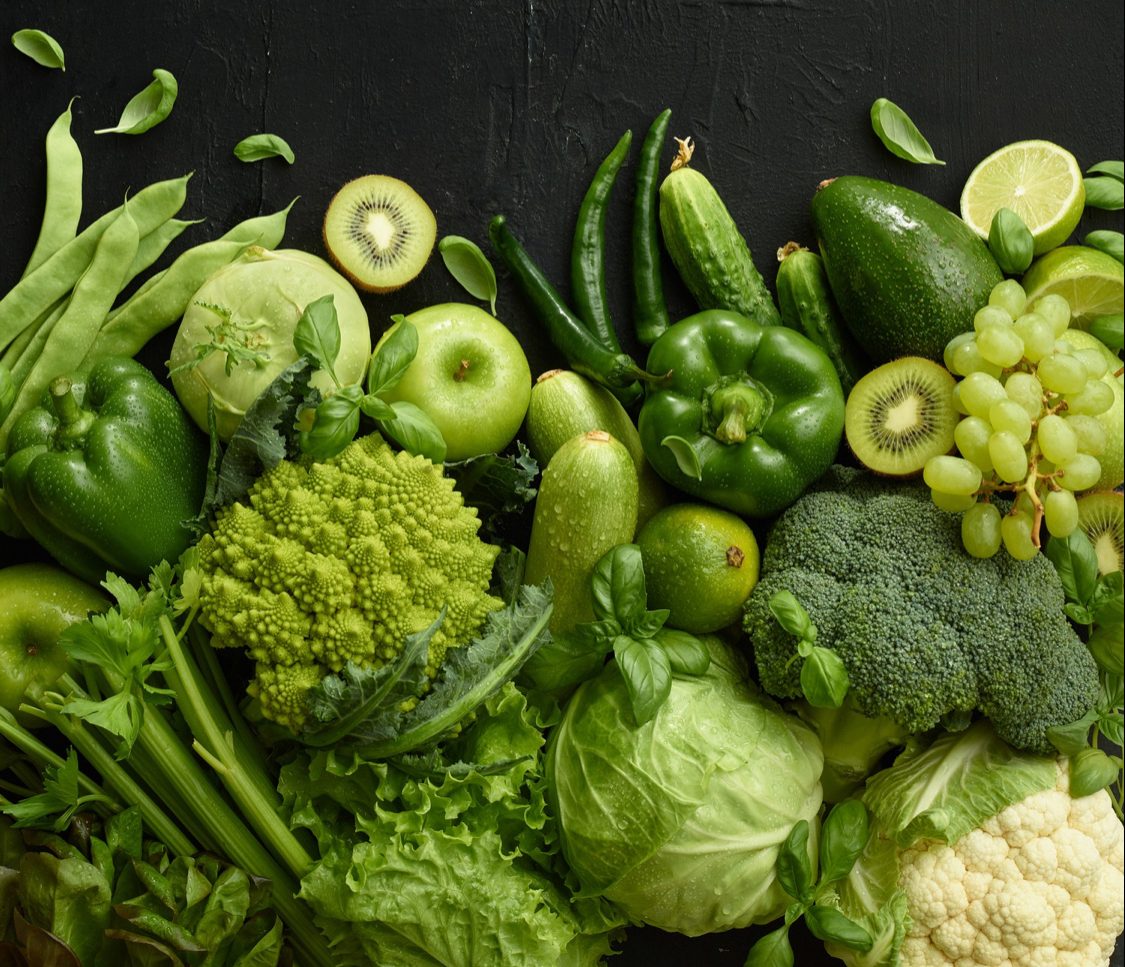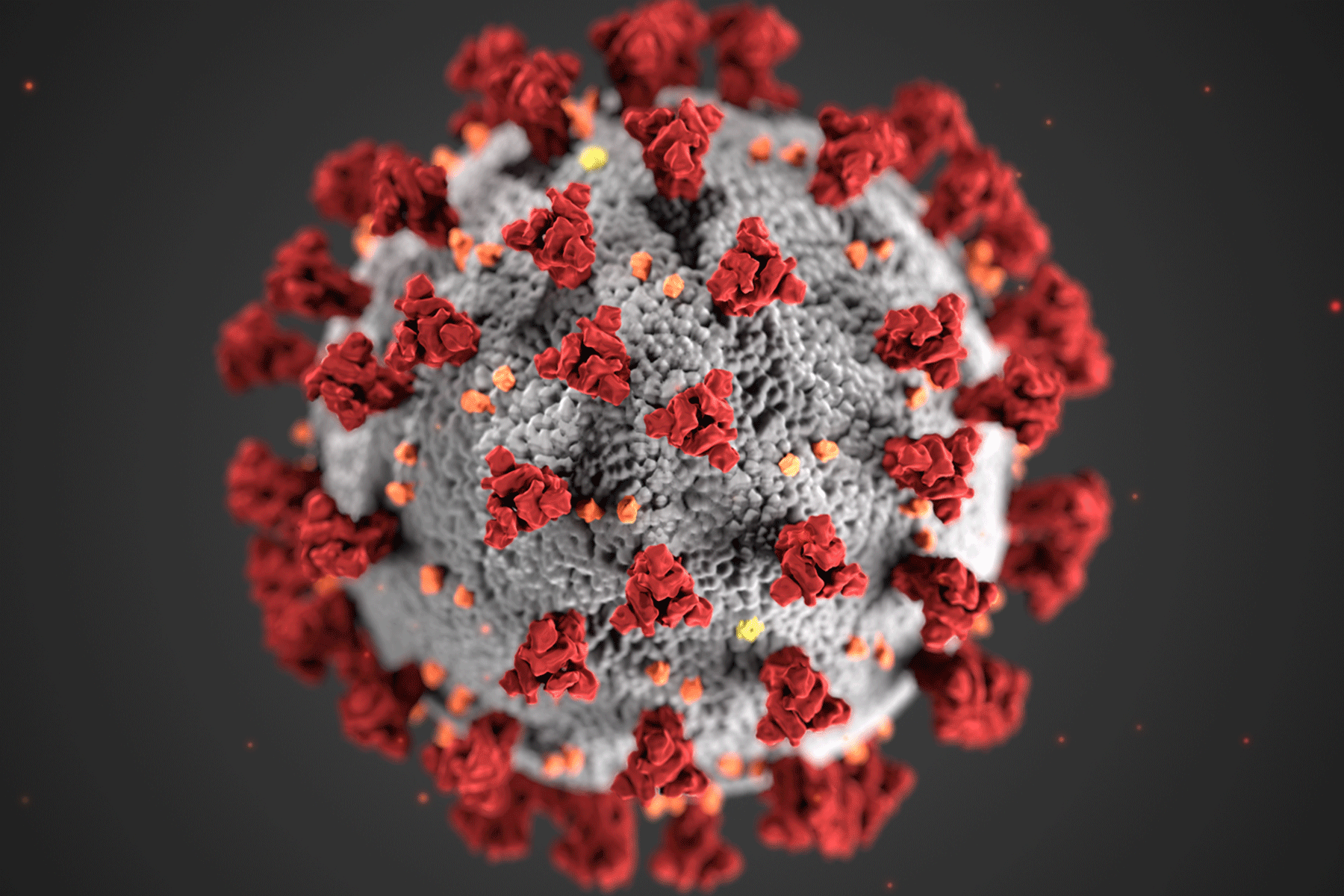Report
A recent study by researchers from the International Crops Research Institute for the Semi-Arid Tropics (ICRISAT), the International Food Policy Research Institute (IFPRI), and the Center for Economic and Social Studies (CESS) has uncovered a surprising trend. Many rural Indians suffer from protein deficiency despite producing sufficient protein-rich food or having the financial means to buy them.
Dietary Patterns in Rural India
Researchers conducted the study across six states and nine districts. They found that people in these regions primarily consume grains such as wheat and rice, contributing 60-75% of their daily protein intake. While these grains provide some protein, they lack essential amino acids necessary for proper nutrition, according to ICRISAT.
Underutilization of Protein-Rich Food
Rural Indians have access to and can afford protein-rich foods such as pulses, dairy, eggs, and meat. However, cultural food preferences, limited nutritional awareness, and financial constraints prevent many from incorporating these foods into their diets. The study clarified that inadequate protein intake stems from more than just affordability issues; it results from ingrained eating habits and a lack of awareness about the importance of protein-rich food.
Women’s Education and Balanced Diets
The research highlighted a crucial link between women’s education levels and dietary diversity. Families where women had higher education levels tended to maintain a more balanced diet. This finding emphasizes the need to invest in women’s education and empowerment to improve household nutrition.
Public Distribution System and Nutritional Gaps
The study also examined the Public Distribution System (PDS), which provides subsidized food grains to two-thirds of India’s population. While PDS has successfully increased calorie intake, it has reinforced a cereal-heavy diet and failed to include sufficient protein-rich options. Researchers recommend adding more pulses, millets, and other nutrient-dense foods to government food programs to enhance nutrition.
Region-Specific Nutrition Strategies
The study revealed that factors affecting protein intake vary across districts and states. Therefore, region-specific strategies are essential to promote balanced nutrition effectively. Lead researcher Shalander Kumar, Deputy Global Research Program Director at ICRISAT’s Enabling Systems Transformation Program, stressed that simply increasing food supply will not solve malnutrition. Without targeted efforts to diversify diets and educate communities about protein’s significance, malnutrition will persist.
Key Recommendations for Improvement
The researchers proposed several measures to address protein deficiency:
- Integrate nutrition education into public health initiatives and school programs.
- Empower women to make informed nutritional choices.
- Improve access to protein-rich foods through government programs.
- Encourage farmers to cultivate a wider variety of nutrient-dense crops to strengthen local food systems.
By implementing these strategies, policymakers can tackle protein deficiency more effectively and enhance overall public health in rural India.
Source: Down to Earth
 Food Manifest
Food Manifest 
